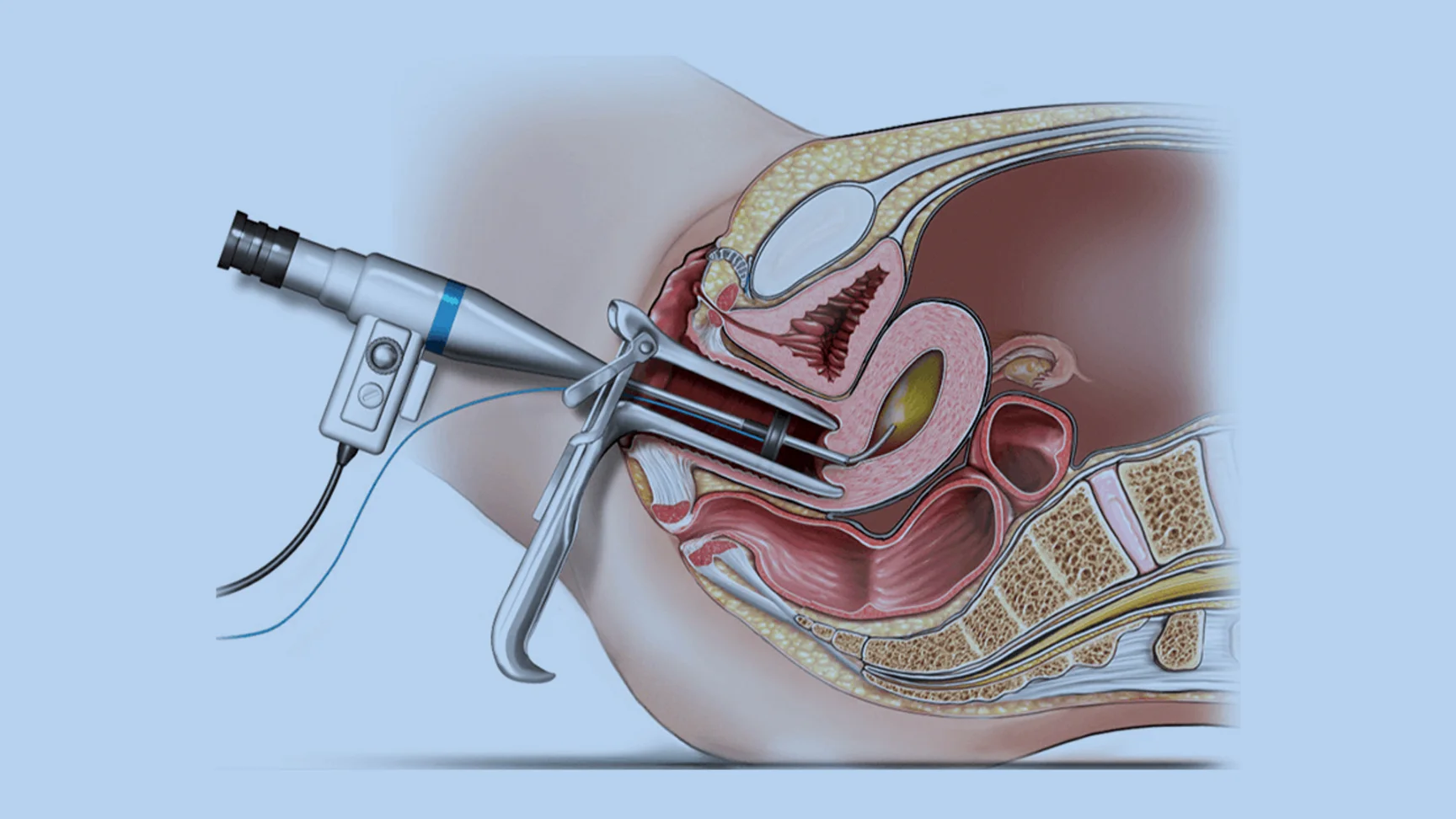Hysteroscopy for Uterine Issues

Hysteroscopy is a minimally invasive diagnostic and therapeutic procedure used to examine the inside of the uterus and address various uterine conditions. It involves the insertion of a thin, lighted instrument called a hysteroscope through the vagina and cervix into the uterus, allowing direct visual access to the uterine cavity without the need for incisions.
This procedure is commonly used to investigate abnormal uterine bleeding, recurrent miscarriages, or fertility issues. It also helps identify and treat structural problems such as uterine polyps, fibroids, adhesions (Asherman’s syndrome), and congenital abnormalities like a uterine septum. Hysteroscopy can be performed purely for diagnostic purposes or as an operative procedure where treatment is carried out during the same session.
The advantages of hysteroscopy include shorter recovery time, minimal discomfort, and the ability to avoid more invasive surgical approaches. It is usually done as a day-care procedure under mild anesthesia or sedation, depending on the complexity of the condition being addressed.
Hysteroscopy plays a crucial role in modern gynecology by enabling accurate diagnosis and targeted treatment of many uterine issues, thereby improving reproductive outcomes and overall uterine health.
